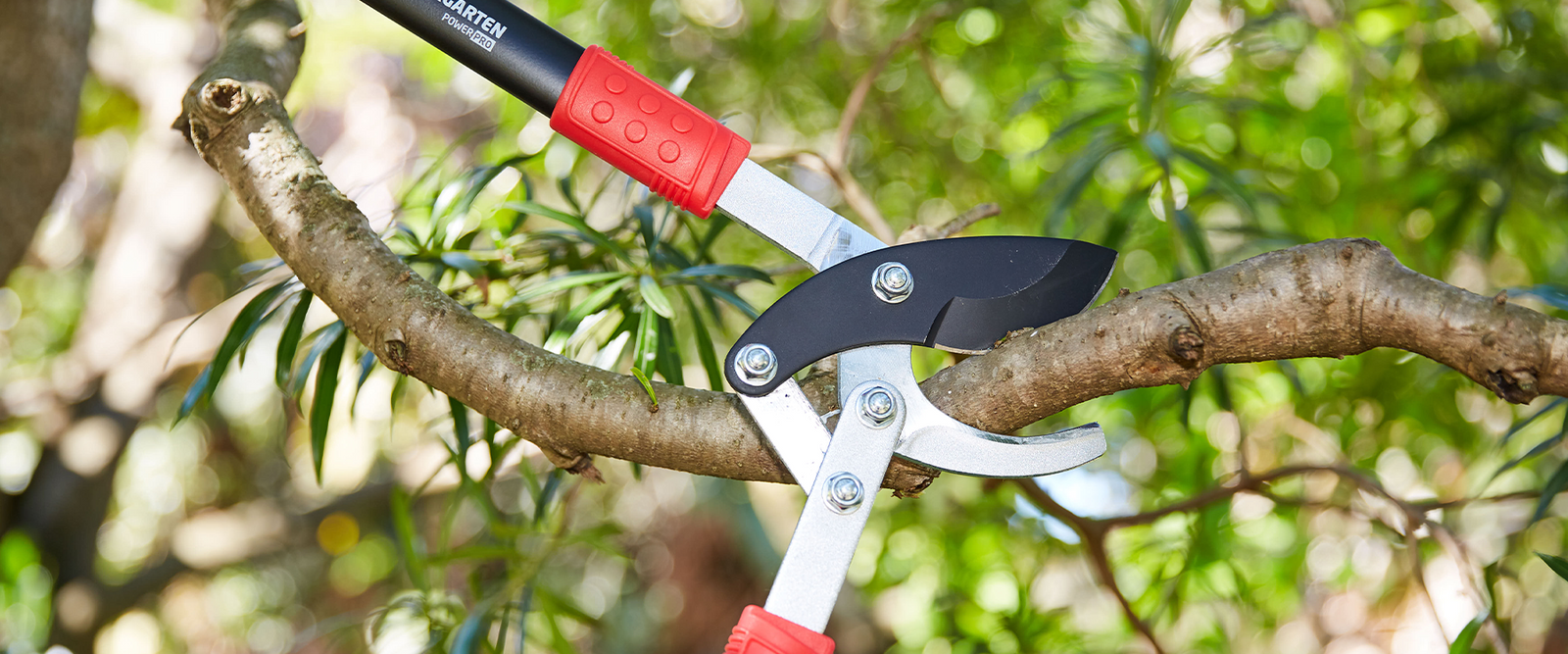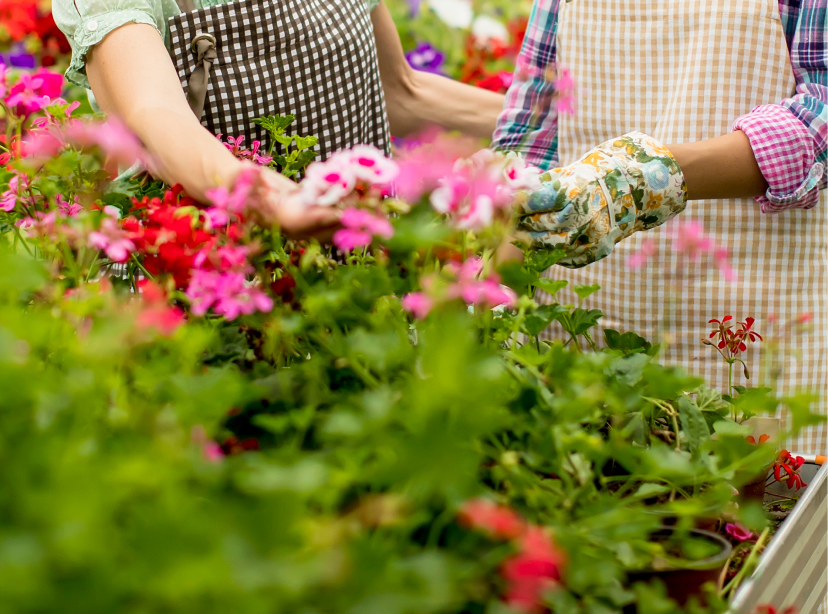When to Prune
The timing of pruning depends on the type of trees or plants, varying with their variety and the climate in your region.
-
For evergreen trees like fir, spruce, and pine, branches that are sick, dead, or broken can be cut off at any time of the year. Late winter is ideal for pruning undesired lower branches on evergreen trees.
-
Deciduous trees can be pruned at various times of the year with little harm, but avoid pruning during spring leafing and fall leaf shedding.
-
Bigleaf and oakleaf hydrangeas should be pruned before the summer season.
-
Roses should be pruned after they finish blooming, preferably in early spring if they become too long.
-
Prune all grapevines close to lateral arms annually during the dormant season for the best fruit.
-
Blueberry, gooseberry, and currant bushes benefit from pruning one-third of the oldest stems each winter to maintain fruitful wood.
-
Spring-flowering trees should be pruned after blooming, avoiding winter or fall pruning.
-
Prune summer-flowering woody plants in late winter or early spring when dormant to promote new wood formation.

How to Perform Proper Pruning
-
Pruning is an art that you can master with practice. Understand your plant, its role, and its blooming cycle for effective pruning.
-
Start by removing dead or dying branches, cutting them between the infected area and the plant's main body. Remove the oldest, tallest growth, weak stems, and those growing vertically or crossing.
-
Cut branches as close to the source as possible, avoiding stubs to prevent infection.
-
Cut parallel to the branch collar, allowing a healthy callus ring to develop around the cut.
-
Avoid pruning in humid or rainy weather, as it can spread infections. Wait for dry conditions.
-
Wash tools in hot, soapy water to prevent disease spread. Clean the removed branches if diseased before moving to the next tree. Soaking tools in warm water with bleach is also effective.

Which Tools to Use for Pruning
Hand Pruners
-
Small stems are best trimmed with hand pruners. There are two main varieties of garden pruners: anvil and bypass pruners.
-
We recommend bypass pruners for cutting live plants (green wood) because they are gentler on the plant and encourage healthy regrowth.
-
Always use your hand pruners within their intended cutting capacity. Trying to force blades through a large branch could result in both the tool and the plant could be damaged.
Loppers
-
Loppers are another great pruning tool to have in your gardening tool kit, especially for larger branches in hard-to-reach areas.
Keep these basic guidelines in mind next time you have a pruning task and always remember to clean your tools after pruning sessions to maximize their lifespan and reduce the risk of passing diseases among your plants. Happy pruning!




